Easy Indoor Blue Flowers With Blooms to Grow
You can find plenty of colors in your garden, but one color that is often left out is blue. We thought we would provide you with a list of some perennials to grow in your landscaping.
You must agree that blue flowers are a soothing, elegant color. The color makes for an excellent flowerbed to blend in with other hues you have. You can combine bright blue flowers with pink, white, silver, violet, and yellow flowers.
You can add deep blue flowers to your outdoor landscape or your indoor garden to give it a pop of color.
10 Best Blue Perennials That Are Gorgeous
Add a calm splash of cool blue using the following blue flower perennials in your landscaping today.
Blue Hydrangea With Sky Blue Flowers

For easy-to-care perennials, the Hydrangea flowers come to our minds first. These plants are breathtaking. The best part is that you may produce more blue blooms by adding sulphur to the soil. You'll get fantastic inflorescence sky blue flowers.
The flowers bloom after the year before growth. So the best time to prune them is after flowering. You can find endless varieties like the Endless Summer that produce blooms from both the new and old growth.
The Hydrangea macrophylla selection flourishes in full sun to part shade. The plant also loves well-drained soil rich in organic matter. But they are not drought tolerant. So, do not let them get too dry. Depending on your variety, they can grow up to seven feet tall and wide.
You can grow them as a perennial in zones 4 to 9. In addition, you can plant them with other white flowers like the oakleaf hydrangea or Annabelle hydrangea.
Bush Clematis With Deep Blue Flowers

Clematis species are gorgeous vines that you can add to your garden. The Arabella, Ice Blue, and Crystal Fountain are some beautiful blue varieties. With a trellis for support, you can grow one on the patio. They love well-drained soil that is moist. Provide full sun and your plant will be happy!
This vining perennial can reach up to 12 feet, but some of them even grow more than 25 feet tall. You can grow them in USDA zones three to nine depending on what variety you have. It'll be fantastic to combine them with climbing roses.
You can create a contrast with your blue flowers and some white roses like the Climbing Iceberg or even pair it with yellow flowers from the Graham Thomas Climbing rose.
Delphinium With Truest Blue Flowers

Nothing is more true blue than the Delphiniums perennial. Yet, it is not one of your toughest perennials as they tend to be short-lived. They don't well in a lot of heat or high humidity as well. Hence, many gardeners treat them as annuals.
If you get the taller varieties, it helps to stake them to keep those gorgeous spikes from falling over in the wind. First, you can grow them in rich organic matter. Then, before bloom time, you can provide them with fertilizer, giving you beautiful blue flowers.
Your blue flowering plants love full sun to part shade, and the soil needs to drain well and be moist. Depending on the perennial you have, they can grow up to six feet tall and one foot wide. If you live in zones three to seven, you can brighten up your garden with star-shaped flowers.
You can also plant them with some dwarf Delphiniums like the Summer Nights with its yellow blooms or Butterfly Blue. Add some Fanfare or Coreopsis Moonbeam as blanket flower.
Grape Hyacinth With Bright Blue Flowers

During springtime, the grape hyacinth perennial produces blue flowers. You can find them in varieties with white, purple, to yellow flowers. The Muscari grows in full sun or partial shade with well-drained soil.
These blue plants can grow up to eight inches tall and three inches wide in zones 4 to 8. The blue flowers look great with yellow daffodils. But you can extend them by planting them in late spring with other blooming perennials like the Columbine to keep a show of color after the grape Hyacinth fades.
Bluestar With Starry Blue Flowers
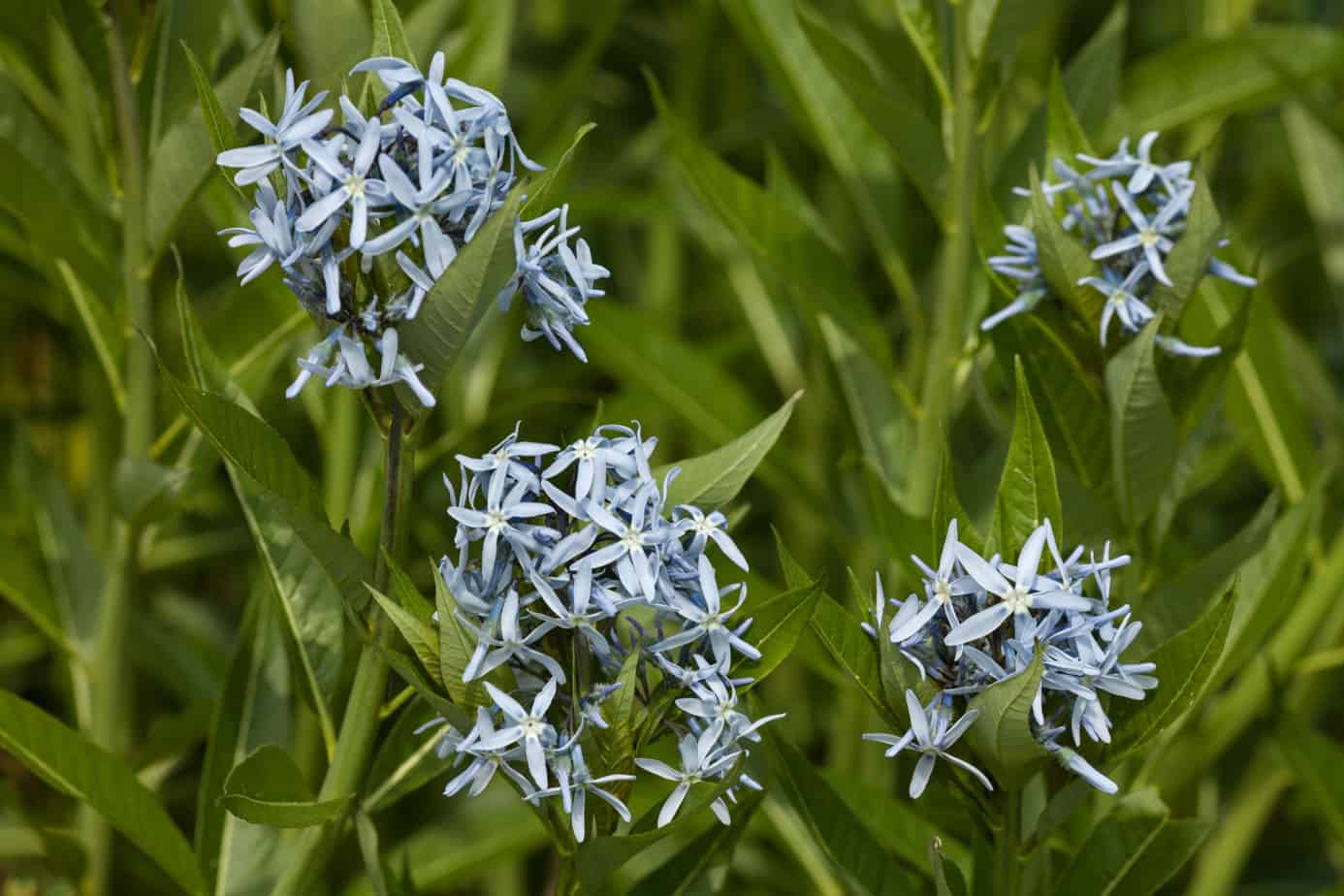
You'll see the star-shaped flowers appearing in late spring on the Bluestar. It is an easy-to-grow perennial that is drought tolerant, heat, rabbit, and deer resistant. The foliage changes to a gorgeous yellow shade as the growing season ends.
Amsonia tabernaemontana flourishes in full sun to afternoon shade in well-drained soil. You will see them growing up to two feet tall and wide. The plants you can grow in zone three to nine with Columbines.
You can create a harmonious display of color by planting white or blue flowering Columbines. Or create a contrast with some yellow varieties.
-
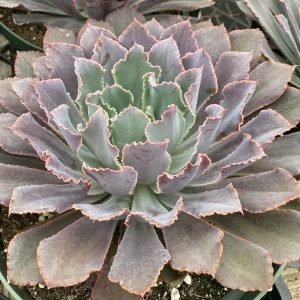
$31.99
Only 1 left in stock
-
$18.99
$28.00In stock
-

$16.00
Only 1 left in stock
Salvia, an Annual and Perennial Plant

These are garden champions that are both heat and drought-tolerant. Also, bunnies and deer tend to leave them alone. If you want actual blue flowers, choose the S. paten s or Salvia azurea. Alternatively, you can select the Blue Mound or May Night. Both have violet-blue flowers.
The Salvia perennial loves full sun and grows well in free-draining soil. Your plant can grow up to five feet tall and wide planted in zones three to nine. When you pair them with Penstemon, the two work well together to tolerate drought and heat.
Bellflowers for Cottage Gardens

The bell-shaped flowers look starry in violet, pink, white, or blue. You can find longer stemmed varieties that make for beautiful blue-cut flowers. On the other hand, the dwarf types like the Pearl Deep Blue make for an excellent groundcover.
Campanula selections flourish in full sun to partial shade. As with most perennial plants, they love well-drained soil. Your bellflowers can grow up to three feet tall and two feet wide if you live in zones three to nine.
The blue flowers add color to your garden paired with the blue pincushion flowers, and both make for excellent cuttings.
Diamond Lake With Heart Shaped Leaves

You will fall in love with these blue plants with their heart-shaped leaves. The leaves are thick and, yes, blue. The foliage has rippled margins, and they reach up to eleven inches long. They will make a statement in your garden with very little maintenance.
The Hosta produces light lavender flowers in early summer to attract butterflies and hummingbirds. It is an ideal plant for shade gardens. You can use the perennial in different ways. Grow them in containers, landscapes, and shade.
Baptisia With Indigo Blue Flowers

Baptisia or wild indigo is an easy-growing perennial that can tolerate drought and heat as well. You will not find deer or other insects bothering them. The Baptisia makes for a beautiful exhibition starting early spring and summer long.
Baptisia australis thrives in full sun, and providing them with well-drained soil keeps them flourishing. You can expect them to grow four feet tall in zones three to eight. They look fabulous with prairie varieties like milkweed, switchgrass, or purple coneflower.
Spike Speedwell Presents You With Long-Lasting Blooms

Veronica officinalis has tall blue perennial flowers that bloom through summer. These plants are proven winners with low maintenance if you have a busy garden. They thrive in full sun to partial shade in loamy or clay-dense soils. But the soil needs to be well-draining and kept moist.
Living in zones three to eight, it can tolerate different conditions. You can grow them from seed to plant in spring. To enhance blooming, it helps to remove the faded spikes.
Also, divide them every few years from early spring to fall.
Blue Perennials Plant Care
When you take care of blue perennials, you will have flowers forming year after year. Here you can find some gardening tips to use at home:
- The best time to plant perennial plants is in spring or fall when temperatures are cool.
- Always look at your planting zones and consider the sun and shade with watering requirements. Then, looking at the conditions, you can group them with other plants with similar needs.
- Provide your blue plants with loose soil with enough drainage grown as indoor or outdoor plants.
- Before planting them outside, water them well and place them at the same depth level as in your pot. Mix in some organic matter as well.
- Water your perennial intensely during the first growing season, or if planted in fall, keep watering until the first frost.
- Leave the soil to dry between watering to prevent diseases.
- Fertilize your plants with a low-nitrogen and high-phosphorus fertilizer, giving a single application in spring.
- Deadhead spent flowers help your plants use less energy and provide seed production.
- You can provide your blue plants with mulch in winter grown outdoors using dry peat moss and compost.
- If grown in pots, you can bring them inside for overwintering.
Final Thought
As you can see, adding some blue plants to your garden or indoor display is excellent. You can enjoy several weeks of color all season long. In addition, many of these plants have drought tolerance and do not need consistent watering. At Plantly, you'll be sure to get not only the plant itself but the general care we provide to make them thrive happily.
shellmanmagaraind.blogspot.com
Source: https://plantly.io/plant-care/10-easy-to-care-blue-perennial-pants/
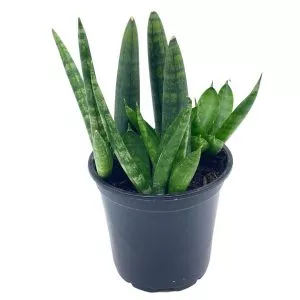

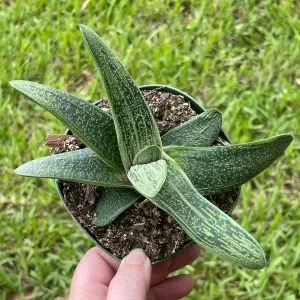
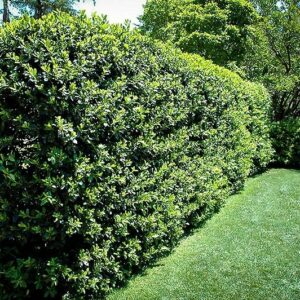
0 Response to "Easy Indoor Blue Flowers With Blooms to Grow"
Publicar un comentario